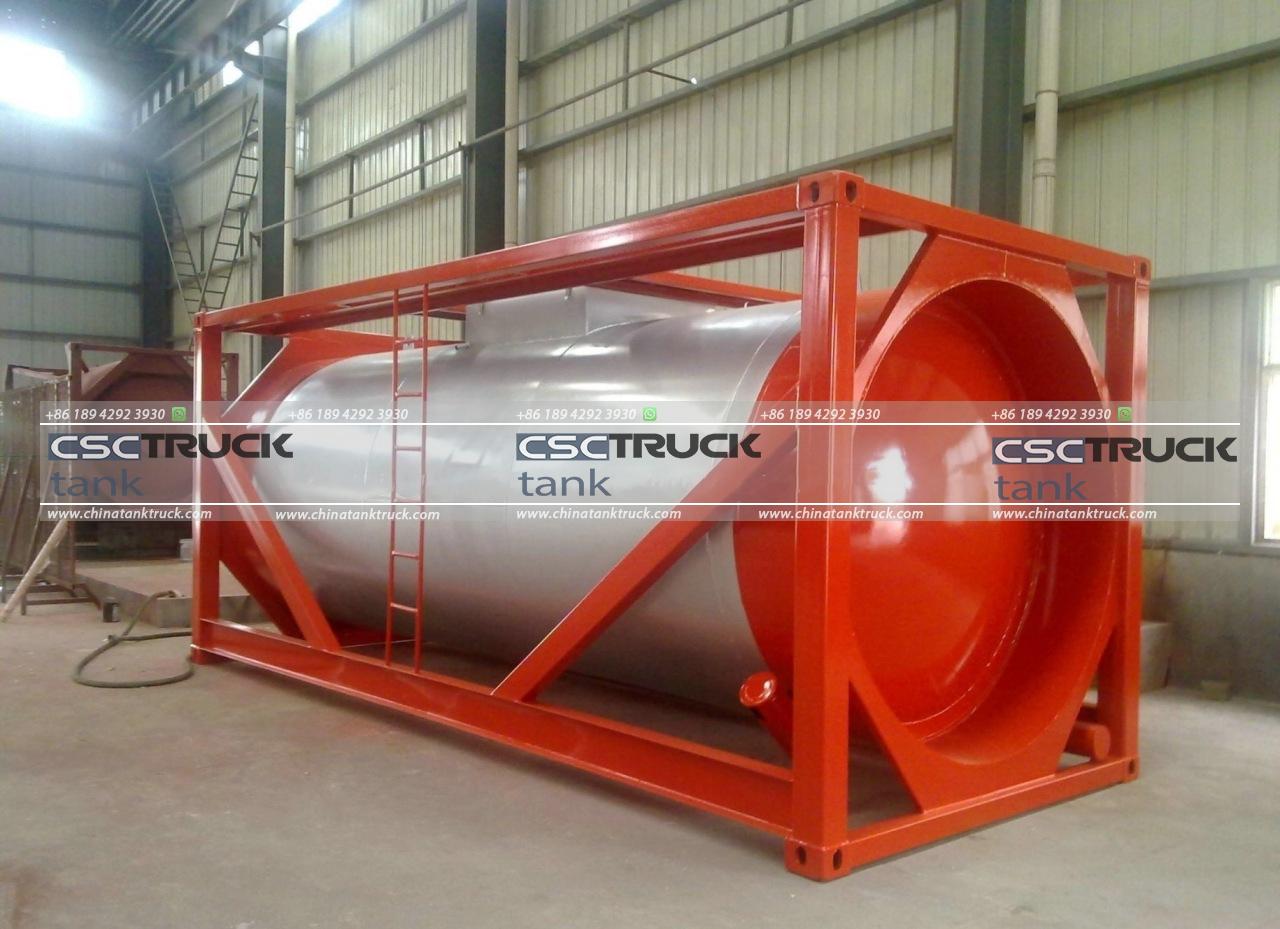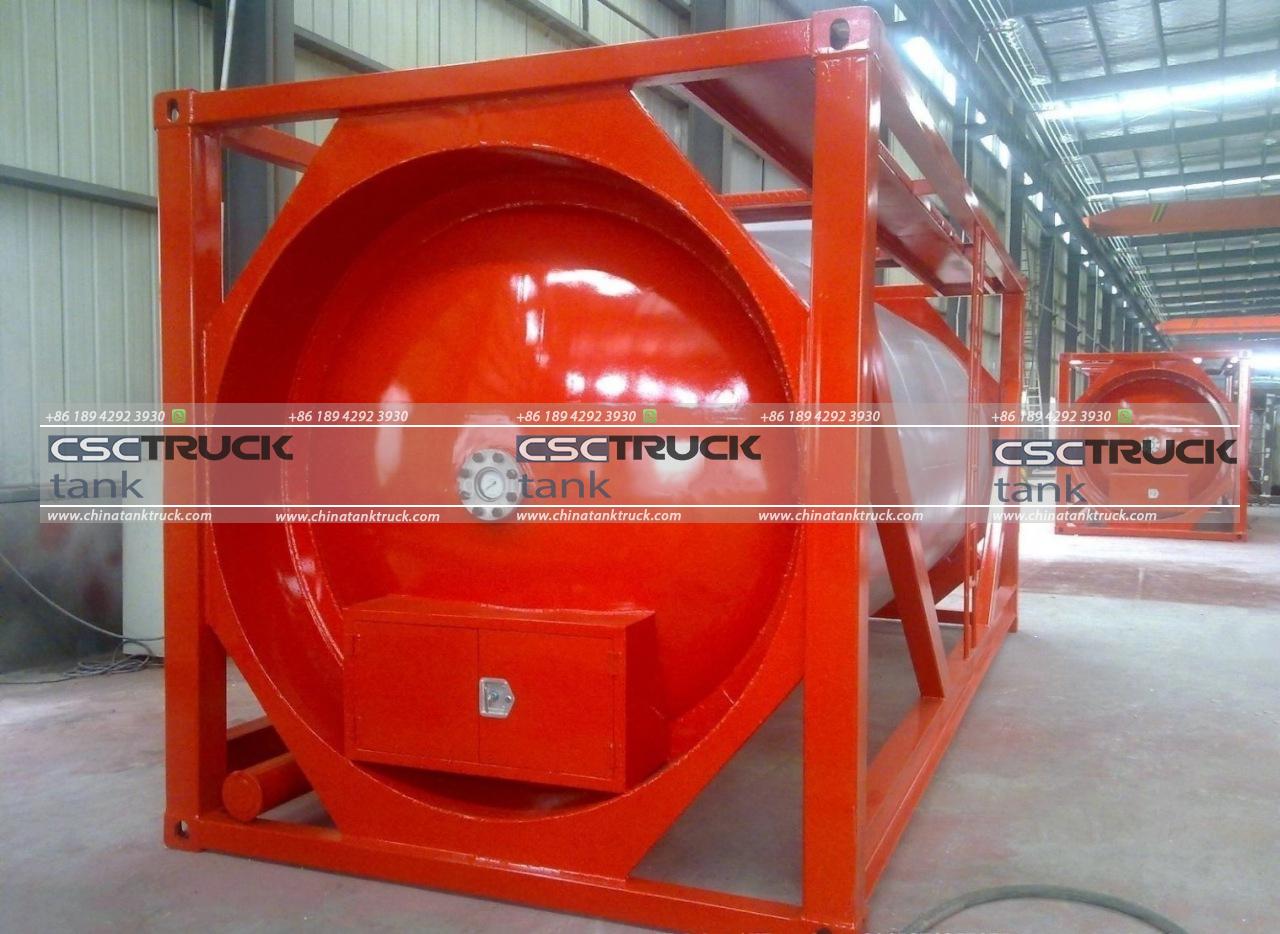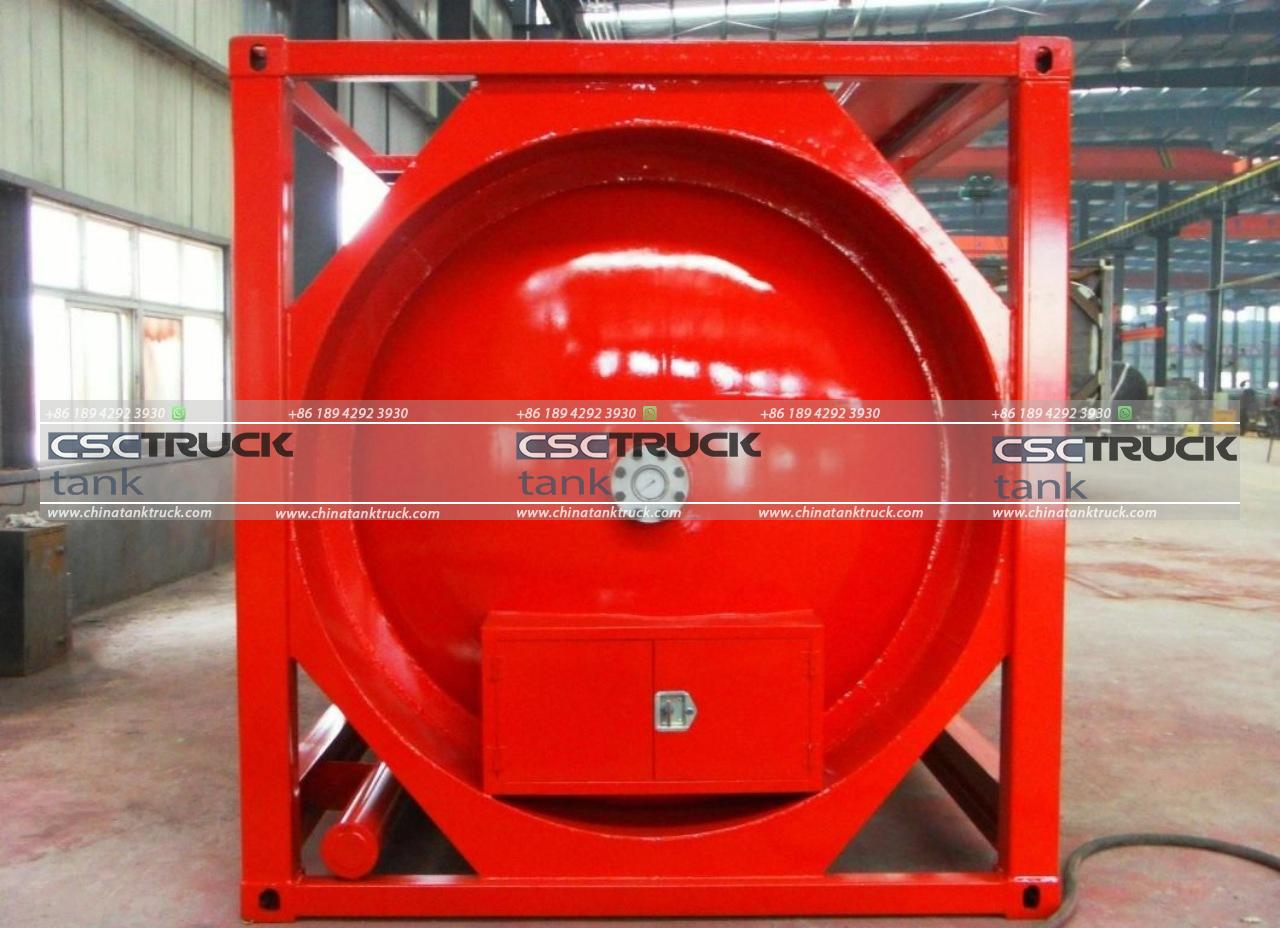What is the Height of the ISO Tanker?
ISO tankers, commonly referred to as ISO tanks or intermodal tanks, are essential components of global logistics and transportation. They are specialized containers designed to carry liquids, gases, and powders across various modes of transportation, including ships, trains, and trucks. One of the key dimensions of ISO tankers is their height, which plays a significant role in determining their efficiency and compatibility with different transport systems. In this article, we’ll delve into the specifics of ISO tanker height, exploring why it matters, standard dimensions, and how it affects transportation.
Understanding ISO Tankers
ISO tankers are based on international standards set by the International Organization for Standardization (ISO). These standards ensure that tankers are compatible with multiple modes of transport and can be easily transferred between them. ISO tankers are typically constructed with a cylindrical tank surrounded by a protective frame, and they come in various sizes to accommodate different types of cargo.
The height of an ISO tanker is crucial for several reasons, including compatibility with transportation infrastructure, safety regulations, and efficient loading and unloading processes.

Standard Dimensions of ISO Tankers
ISO tankers come in several standard sizes, but the most common are the 20-foot and 40-foot containers. The dimensions of these tankers are standardized to fit seamlessly into various transport systems. Here’s a closer look at the standard dimensions:
– 20-Foot ISO Tanker: The typical height of a 20-foot ISO tanker is around 8.5 feet (2.6 meters). This height is consistent with the standard dimensions for a 20-foot intermodal container.
– 40-Foot ISO Tanker: The 40-foot ISO tankers are generally about 8.5 feet (2.6 meters) high as well. Although longer than the 20-foot versions, they maintain the same height for consistency in handling and compatibility with transport equipment.
Why Height Matters
The height of ISO tankers is a critical factor for several reasons:
1. Compatibility with Transport Infrastructure: The height of ISO tankers must conform to the standard dimensions of shipping containers and transport vehicles. This ensures that tankers can be easily loaded onto ships, trains, and trucks without the need for modifications. Standardization helps streamline the logistics process and reduces the risk of delays.
2. Loading and Unloading Efficiency: The standardized height of ISO tankers facilitates efficient loading and unloading. Equipment such as cranes, forklifts, and conveyor systems are designed to handle containers of specific dimensions. Consistent height across different types of tankers ensures that these systems operate efficiently and safely.
3. Safety Regulations: Height regulations for ISO tankers are also influenced by safety considerations. For example, transport regulations may specify maximum height limits for vehicles and containers to ensure they can navigate under bridges and through tunnels safely. Adhering to these regulations helps prevent accidents and ensures compliance with legal standards.
4. Intermodal Transportation: ISO tankers are designed for intermodal transport, meaning they can be transferred between different modes of transportation without the need for unloading and reloading the cargo. The standardized height ensures that tankers fit into various intermodal transport systems, such as shipping containers on cargo ships, rail cars, and trucks.

Variations and Customization
While the standard height for ISO tankers is around 8.5 feet (2.6 meters), there can be variations based on specific requirements or customization. Some tankers may have slightly different dimensions to accommodate particular types of cargo or to meet specific industry needs. For example, tankers designed for specialized purposes, such as transporting hazardous materials, may have different height requirements to ensure safety and compliance with regulations.
Custom ISO tankers can also be manufactured to meet specific height requirements for unique applications. However, such customizations are less common and may involve additional considerations, such as changes in loading equipment or transport infrastructure.
Impact on Transportation and Logistics
The height of ISO tankers plays a significant role in the efficiency and effectiveness of transportation and logistics operations. Here’s how it impacts various aspects of the supply chain:
– Space Utilization: Standardized height allows for optimal space utilization in transport vehicles and containers. This helps maximize the volume of cargo that can be transported and reduces space, leading to cost savings and improved efficiency.
– Infrastructure Design: Transport infrastructure, such as container ports, rail yards, and highways, is designed to accommodate ISO tankers of standard dimensions. Adhering to these standards ensures that infrastructure is used efficiently and that transportation systems can handle the volume of cargo without bottlenecks.
– Cost Efficiency: Standardized dimensions, including height, help reduce costs associated with transporting and handling cargo. It minimizes the need for specialized equipment or modifications, leading to cost savings for shipping companies and logistics providers.

Conclusion
The height of ISO tankers, typically around 8.5 feet (2.6 meters) for standard 20-foot and 40-foot containers, is a key dimension that influences their compatibility, efficiency, and safety in transportation. Adhering to international standards ensures that ISO tankers can be seamlessly transferred between different modes of transport and infrastructure, facilitating smooth and cost-effective logistics operations. While standard dimensions are commonly used, customization is possible for specialized needs, but it requires careful consideration of the impact on transport systems and safety regulations. Overall, the height of ISO tankers is a fundamental aspect of their design and functionality, contributing to the efficiency and effectiveness of global supply chains.

